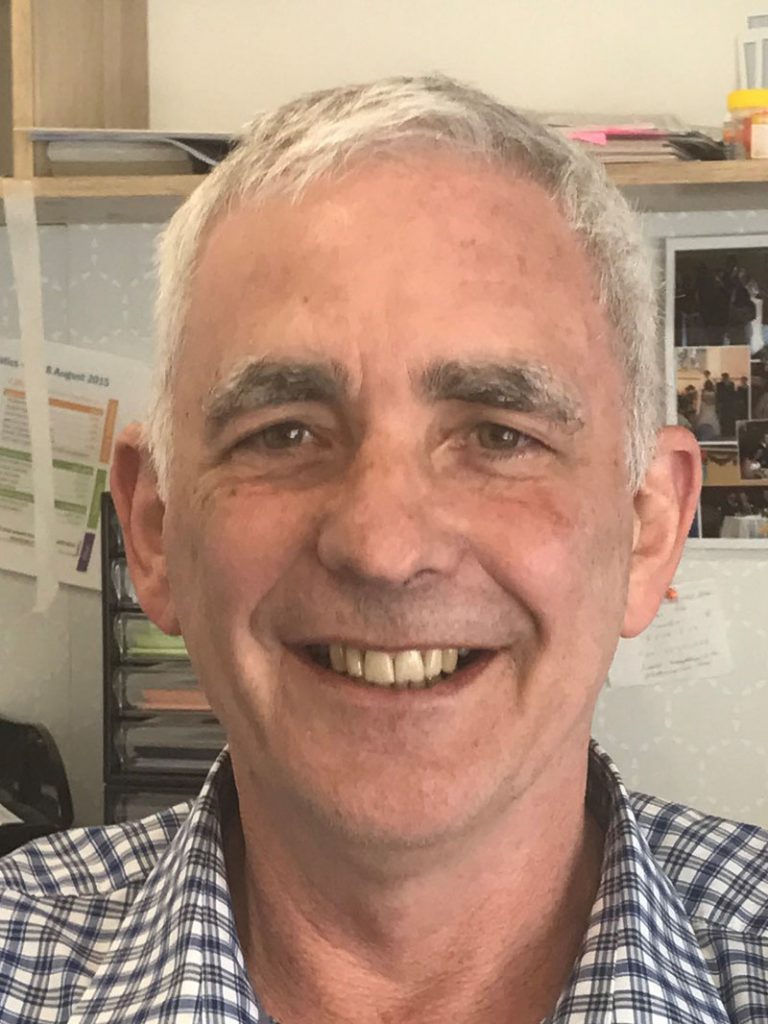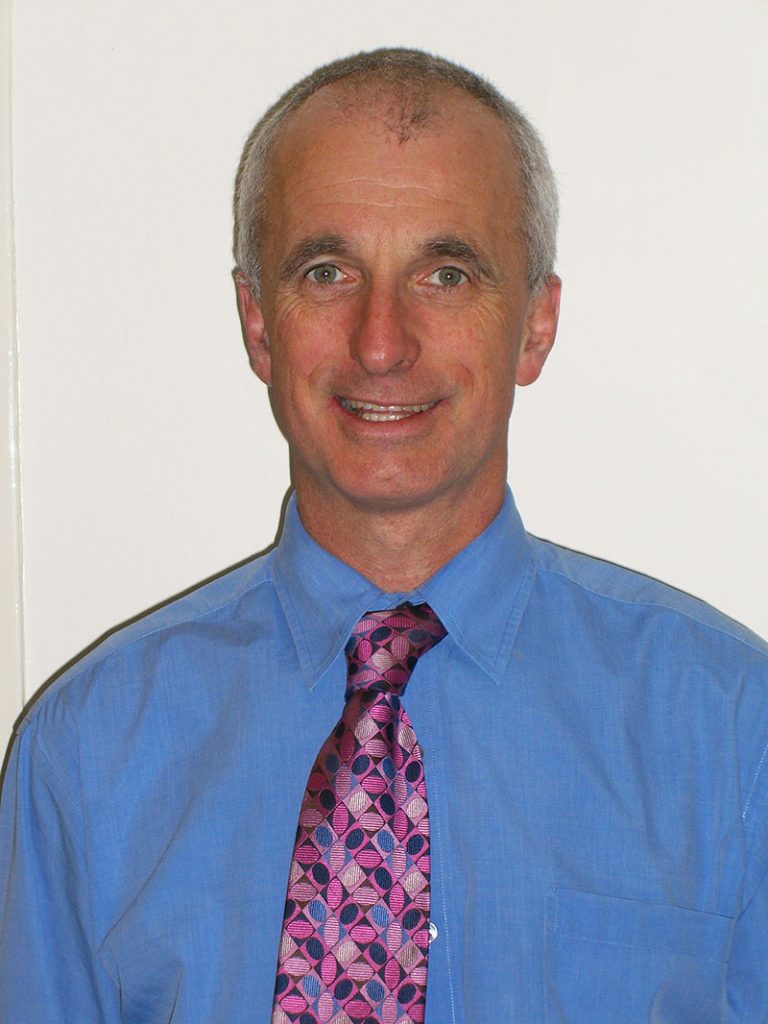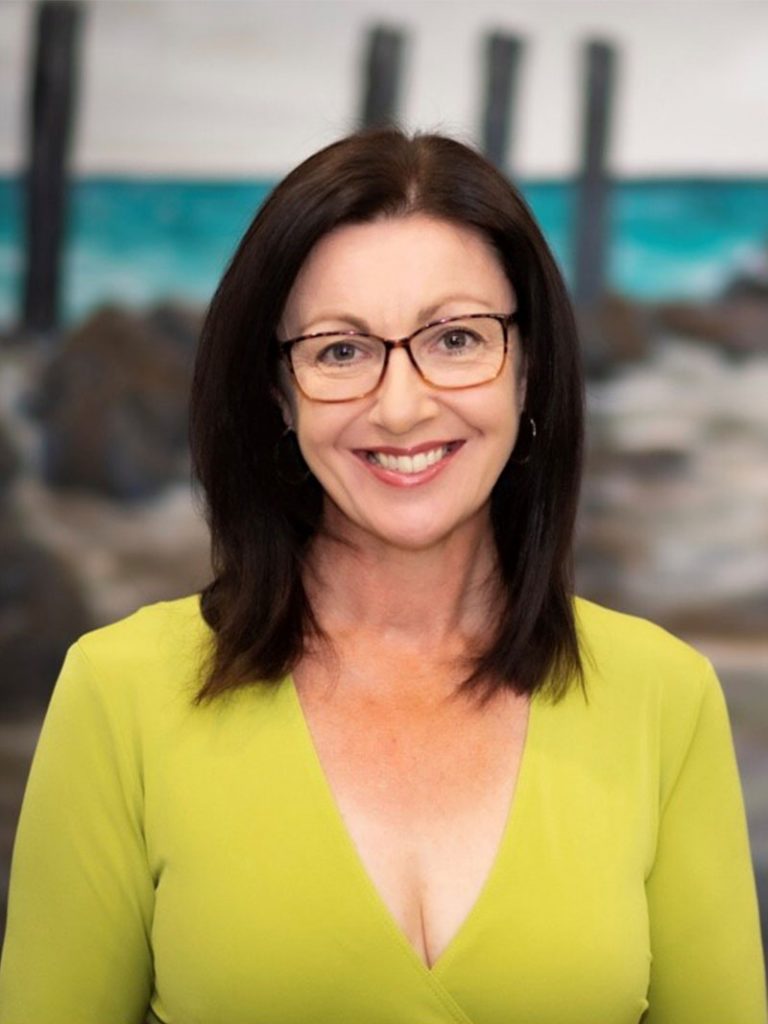About
The BreastScreen Initiative (TBSI)
Breast cancer is still one of the most common cancers affecting women in Australia, but the good news is that it’s also one of the most treatable… if it’s caught early. That’s where we (the Breast Screen Initiative) comes in. Spearheaded by the Australian General Practice Network (AGPN), this program is pushing to get more than 90% of eligible women across the country into regular breast screening – because every woman, no matter where she lives or how much she earns, should have access to these potentially life-saving checks.
Why catching it early makes all the difference
The chances of surviving breast cancer are closely tied to how soon it’s found. For women diagnosed at Stage 1, the five-year survival rate is nearly 100%. That drops to about 95% at Stage 2, 81% at Stage 3, and less than 32% at Stage 4. These numbers aren’t just statistics, they show that early detection saves lives. It also makes treatment less grueling and recovery more likely to be complete.
The problem: Screening rates have dropped too low
Since the COVID-19 pandemic, participation in BreastScreen Australia has taken a serious hit. Right now, only about half of eligible women are getting their regular mammograms, down from pre-pandemic levels. In real terms, that means close to 1.8 million women are missing out on screening. Some (12–15%) are already undergoing treatment and can’t use the state-run service, but that still leaves around 30% who simply aren’t engaged with screening at all.
GPs can be the solution
The core tenant of the breast screen initiative is that general practitioners are in a great position to turn these numbers around – if they are supported.
GPs could refer about 270,000 women who aren’t being screened—roughly 15% of the eligible group—to private radiology services, at a cost of about $90 per screen (around $24.3 million total per screening cycle). Another 15% could be referred directly to state-based BreastScreen services through a clear pathway.
What needs to change?
To really move the needle, TBSI is calling for:
- Targeted GP education: Give GPs the training and resources they need to have confident, informed conversations about breast health.
- New Medicare rebates: Create a dedicated Medicare item for GPs to discuss breast screening, and another for bulk-billed private mammogram referrals.
- Direct referral access: Make it easy for GPs to refer women straight to BreastScreen services.
- A national register: Set up a unified system to keep track of who’s due for screening, who’s overdue, and who needs a follow-up, so no one slips through the cracks.
The ongoing impact of COVID-19
The pandemic’s ripple effects are still being felt. In April 2020, for example, only 1,100 mammograms were performed across Australia, compared to 74,000 in April 2018. Between January and June 2020, there were 145,000 fewer screenings than during the same period in 2018. State services in New South Wales and Victoria are still working through backlogs, and women who are told to “see your GP” when BreastScreen is unavailable often don’t realize they’ll have to pay out of pocket unless a specific Medicare item exists. Meanwhile, private radiology clinics have the capacity to help clear the backlog, if funding can be arranged.
A win for women’s health: Breast density reporting
Thanks to advocacy by TBSI, AGPN and other health organizations, breast density is now being included in screening reports. This is a big step forward, since dense breast tissue can both hide cancer and increase risk. Making sure women know their density status helps them and their doctors understand risk and make better decisions about their care.
A cost-neutral opportunity
With cervical screening moving to a five-year cycle, introducing a dedicated women’s health Medicare item for breast screening could actually be cost-neutral for the government, while making it much easier for GPs to start these important conversations.
The Breastscreen Initiative Advisory Committee
Rodney Pearce
Nicole Borzillo
Jane Gascoigne
Jane Pappin
Caleb Bond
Christina Bullivant
Team

Dr Rodney Pearce AM – MBBS, FAMA
Lead Physician
Dr Pearce AM trained in Adelaide and worked at the Royal Adelaide, Queen Elizabeth and Modbury hospitals before starting work in General Practice.
Since 1993, Dr Pearce AM has been an adviser to the Australian government and was part of the team of key personnel responsible for the development and execution of Australia’s first Primary Health Care strategy. Today, Dr Pearce AM continues to be actively involved in integrating general practice with local, state and federal government health programs.

Dr Nicholas Demediuk MB,BS(Melb), FRACGP, B.Ed(LaTrobe), DRANZCOG
Practice Principal in general practice since 1980. Now restricting practice to vasectomy and skin cancer surgery. Past treasurer RACGP, Chair of the Dandenong and District Division of General Practice, South Eastern Health Providers Association and Southeast Medicare Local and Board member South East Melbourne Primary Health Care Network. GP supervisor for over 30 years. Active in GP issues and standards and in particular point of care testing and infection prevention and control.

Nicole Borzillo
Senior Project Manager
The Breastscreen Initiative
Australian General Practice Network
Australian Association of General Practitioners

Julie Johnston
Project Officer

Dianah Walter
Community Ambassador Yorke Peninsula & Mid-North region
As a regional woman, now herself in her 50’s, Dianah appreciates the need for timely and ongoing access to good health care. Screening programs for preventative health is central to that.
With more than 35 years of grassroots public, private and community service and having held prominent community development roles in regional South Australia, The Breastscreen Initiative is delighted to have Dianah onboard as a Community Ambassador for the Yorke Peninsula and Mid-North Region.
Dianah adds her voice to the strong voices of Australian General Practitioners Network and the Australian Association of General Practitioners in their efforts to attain funding for their project which promises to provide a solution to increase screening rates in Australia into the 90% range. “Importantly TBSI promises to save lives and reduce the burden of late stage disease on the health system and on families.” “Right now screening rates are akin to screening just one breast.” “Which breast?” Dianah asks “Surely both.”
